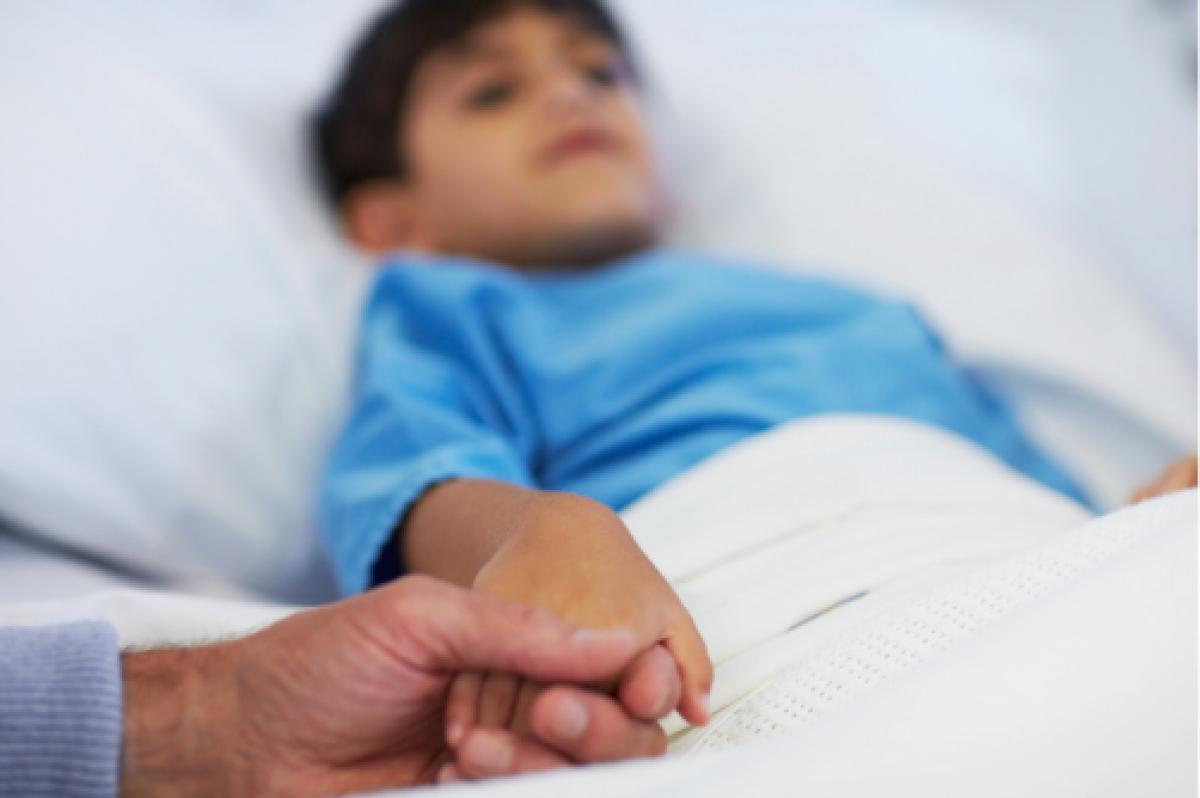Live
- PM Modi highlights govt's efforts to make Odisha prosperous and one of the fastest-growing states
- Hezbollah fires 200 rockets at northern, central Israel, injuring eight
- Allu Arjun's Family Appearance on Unstoppable with NBK Breaks Viewership Records
- Unity of hearts & minds essential for peace & progress, says J&K Lt Governor
- IPL 2025 Auction: I deserve Rs 18 cr price, says Chahal on being acquired by Punjab Kings
- EAM Jaishankar inaugurates new premises of Indian embassy in Rome
- Sailing vessel INSV Tarini embarks on second leg of expedition to New Zealand
- Over 15,000 people affected by rain-related disasters in Sri Lanka
- IPL 2025 Auction: RCB acquire Hazlewood for Rs 12.50 cr; Gujarat Titans bag Prasidh Krishna at Rs 9.5 crore
- Maharashtra result reflects the outcome of Congress' destructive politics: BJP's Shazia Ilmi
Just In

Heart transplants are making news in Mumbai/Maharashtra these days. So far 4 children have got new hearts placed in their chests in the past 8months in Mumbai. Worldwide, around 1200 heart transplants are done every year.
Heart transplants are making news in Mumbai/Maharashtra these days. So far 4 children have got new hearts placed in their chests in the past 8months in Mumbai. Worldwide, around 1200 heart transplants are done every year.
The most common reason some children need a heart transplant is heart failure. Most of the time heart failure can be treated by treating the underlying reason: a hole in the heart or other problems in the heart’s structure by birth. Rarely, the heart failure is due to unknown reasons or untreatable reasons. The heart failure progresses and the heart dilates. This condition is called DILATED CARDIOMYOPATHY. Even a 2year old child’s heart becomes adult sized. The child starts to tire out with routine day to day activities. He or she gets admitted to the hospital frequently with swollen feet, face and bellies or simply, tiredness. The oral medicines they are on, fail to keep their symptoms in check. There are 2 intravenous medicines available that may be delivered by a pump from home, that may help for some time. At this point, there is a very high chance that they will die from progressive heart failure.
A heart transplant is a viable option for such children. They undergo some preliminary blood and other tests to determine whether they are a suitable candidate for heart transplantation. Basically, they should not have significant coexisting diseases (especially of the lungs). Their name is added to the list of zonal transplant committee transplant list as potential heart transplant recipients. Then the wait begins for a suitable weight matched and blood group matched brain dead donor. If there are more than 2 children suitable for an available heart, the sicker one gets the heart.
The child is asked to come in immediately to the hospital he/she is listed. By a carefully orchestrated sequence, the donor's heart reaches the child in the operation theatre when the old heart’s vascular connections are ready to be cut from his/her body. The new heart’s vessels are sutured to the child’s own vessels. A powerful medicine (immune-suppressant) is given to the child so that his body does not reject the new heart. Lower doses of similar immune-suppressants are required to be continued lifelong. The challenges in the initial post-operative period are a rejection of the heart by the body, high lung pressure, and infection. The child is ready to be sent home by the 10th postoperative day if things go smoothly. There is a list of dos and don’ts given to the child’s family at home. The basic principle is that the child should avoid exposure to infection, take all prescribed medicines without fail and come for a follow-up check frequently. The first 3 months are crucial after which the follow-up visits also become spaced out. The first 1 year is the period where things are most likely to go wrong. If the first year passes by smoothly, the child’s family and the transplant physicians can afford to relax!
There is a lot of data available on how children do after getting a heart transplant and they do better than adults who receive a heart transplant. Data suggests that out of 100 children who get a heart transplant, 85 will be alive and well after 1 year. After 20 years 45 will still be alive. A little thought given to this data makes one aware of the difference the heart transplant has made to the child’s life. Pre-transplant, the child had a compromised quality of life.. with the spectre of death looming. Post-transplant, there is a very high chance that he or she will be a happy and productive citizen for years to come.
Dr. Swati Garekar, Consultant Paediatric Cardiologist, Fortis Child Heart Mission, Fortis Hospital,
Mulund, Mumbai.

© 2024 Hyderabad Media House Limited/The Hans India. All rights reserved. Powered by hocalwire.com







